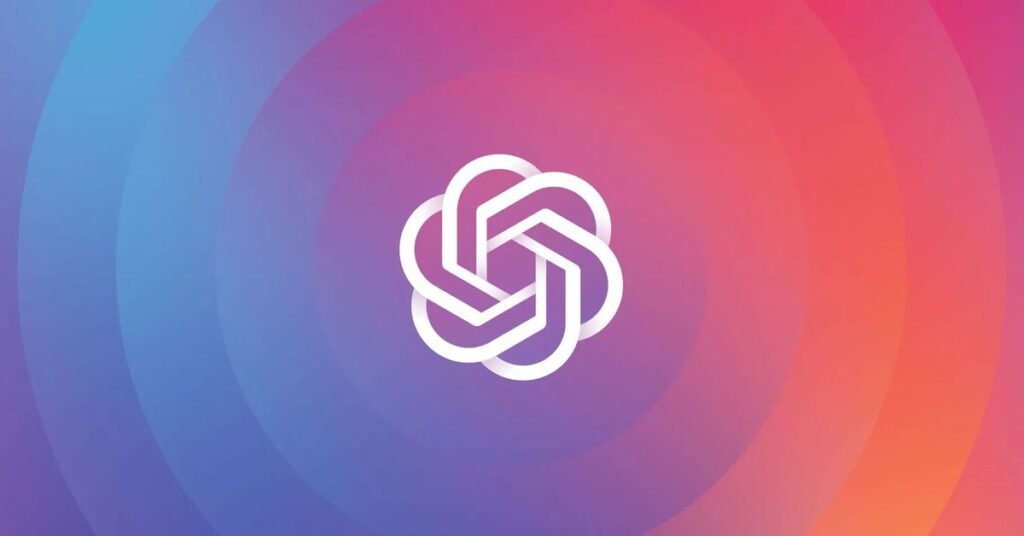
ChatGPT Tutorial 1 – Chatbot Creation
Chatbots are becoming more and more popular in today’s world driven by AI and Machine Learning. They are essentially computer programs designed to automate conversation with human users. A chatbot can be used for different purposes such as customer support, virtual assistant, entertainment, and many more. In this article, we will explore how to create a chatbot using ChatGPT, an open-source platform developed by Hugging Face.
Understanding the Basics of Chatbot Creation
Before creating a chatbot, it is important to understand the basics of how a chatbot works. A chatbot uses Natural Language Processing (NLP) to understand user input and generate appropriate responses. The basic components of a chatbot include a user interface, a natural language understanding component, a dialog management system, and a natural language generation component. The user interface can be a web application, a mobile app, or a messaging platform. The natural language understanding component is responsible for understanding user input, while the dialog management system decides how the chatbot should respond. The natural language generation component generates appropriate responses.
Building a Chatbot with ChatGPT – Step by Step
To build a chatbot with ChatGPT, you need to have some programming knowledge in Python. The first step is to install the required libraries and dependencies. You will need to install PyTorch, Transformers, Flask, and other necessary packages. Once you have installed the required packages, you can start building your chatbot. The main steps include training your model, defining the API endpoints, creating the user interface, and integrating the chatbot with different platforms and services.
Testing and Enhancing Your Chatbot’s Performance
Testing and enhancing your chatbot’s performance is a crucial step in the chatbot development process. Testing helps you identify and fix any issues or bugs in your chatbot. You can test your chatbot using different testing techniques such as unit testing, integration testing, and end-to-end testing. Once you have tested your chatbot, you can start enhancing its performance by improving its natural language understanding, dialog management, and natural language generation components.
Integrating Chatbot with Different Platforms and Services
Integrating your chatbot with different platforms and services is another important step in the chatbot development process. You can integrate your chatbot with different messaging platforms such as Facebook Messenger, Slack, and WhatsApp. You can also integrate your chatbot with different services such as weather APIs, news APIs, and other third-party services. Integration helps you reach a wider audience and provides a better user experience.
Preparing Your Chatbot for Deployment and Launch
Preparing your chatbot for deployment and launch is the final step in the chatbot development process. You need to choose a hosting provider, deploy your chatbot, and configure it for production use. You also need to monitor your chatbot’s performance and make necessary adjustments. Once you have successfully deployed your chatbot, you can launch it and start using it to interact with your users.
Chatbot Creation with ChatGPT Tutorial 1
Creating a chatbot using ChatGPT can be a challenging task, but it can also be a rewarding experience. With the right approach and tools, you can create a chatbot that can automate your interactions with your users and improve your business’s efficiency. By following the steps outlined in this article, you can create a chatbot with ChatGPT and enhance its performance to provide a better user experience.
Table of Contents
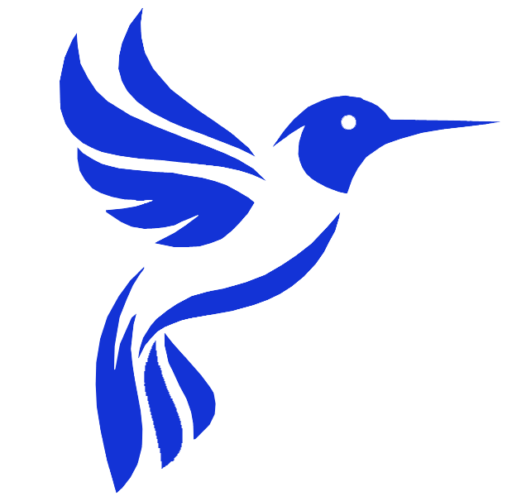

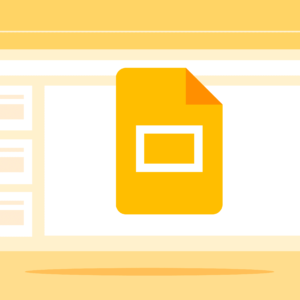
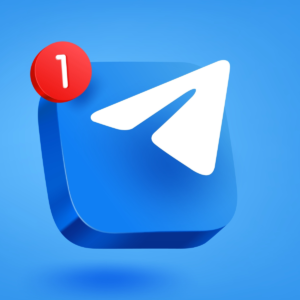
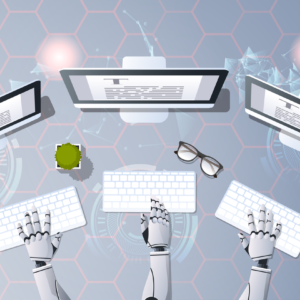
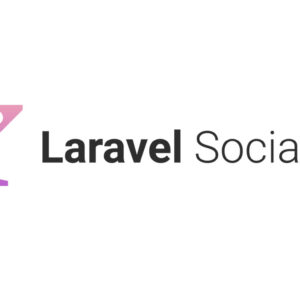


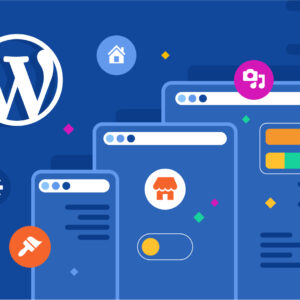

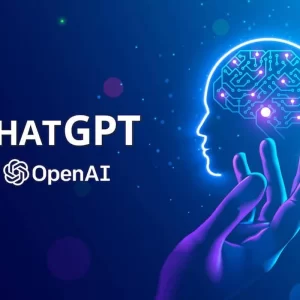
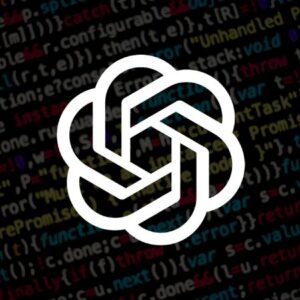
1 Comment
Comments are closed.